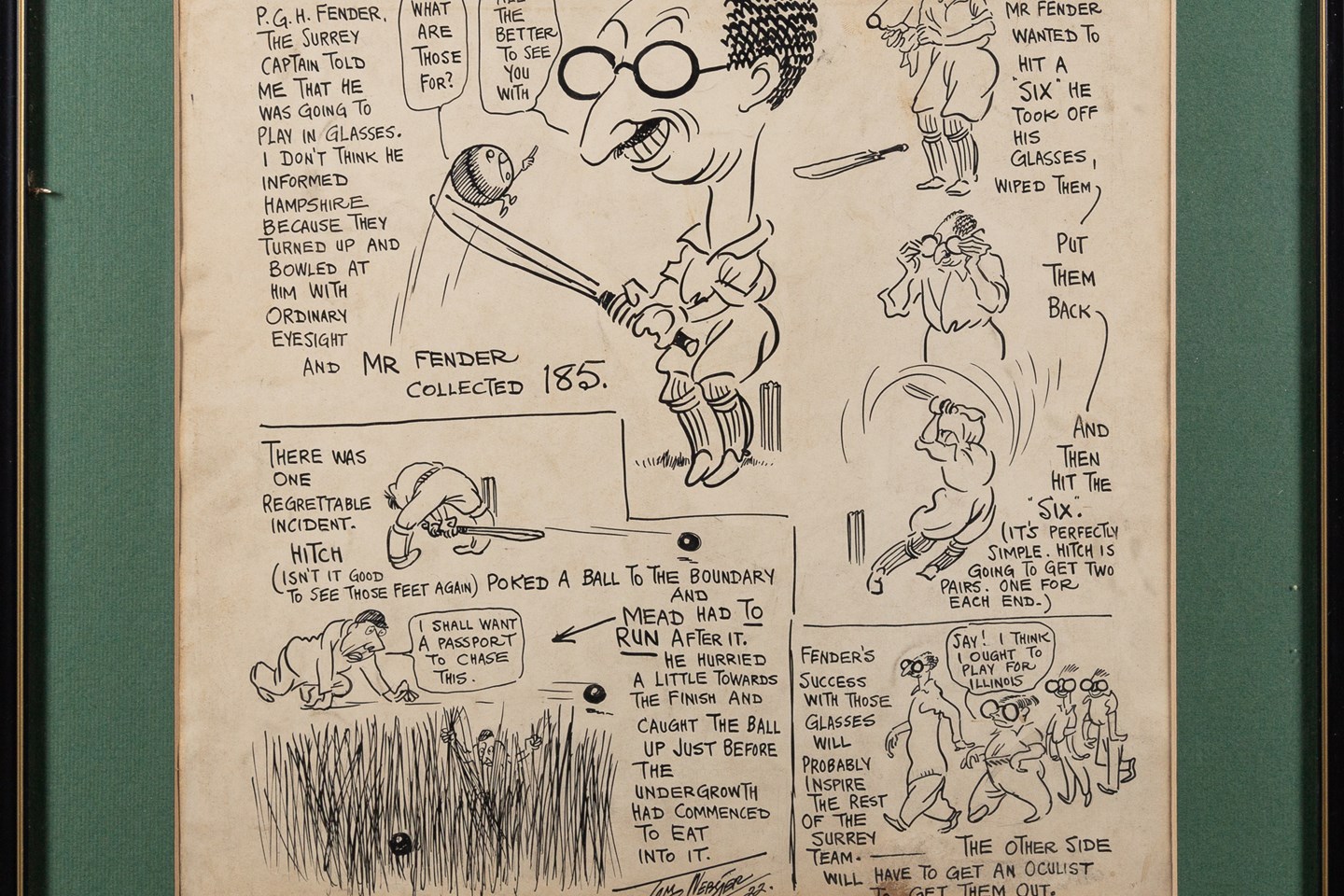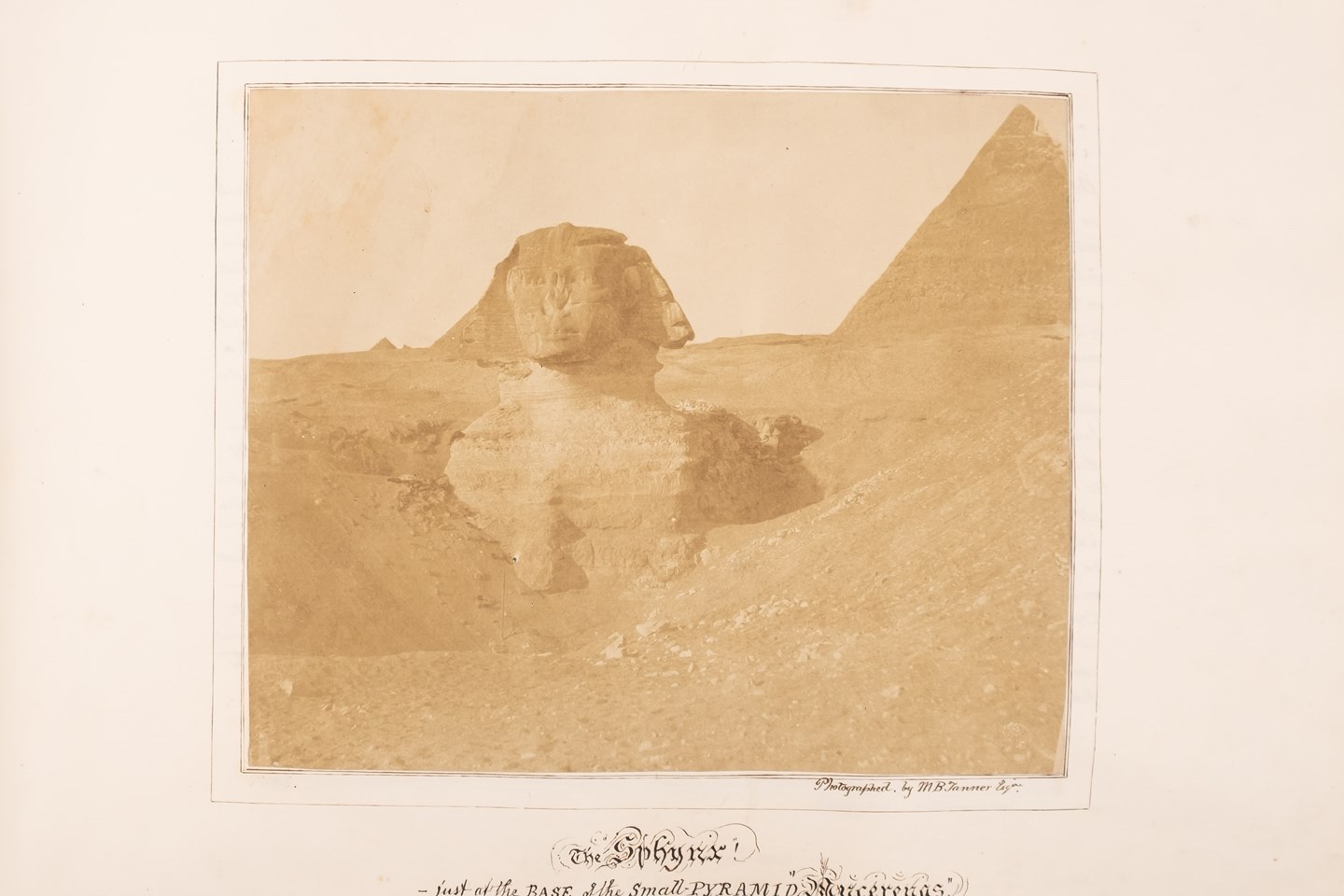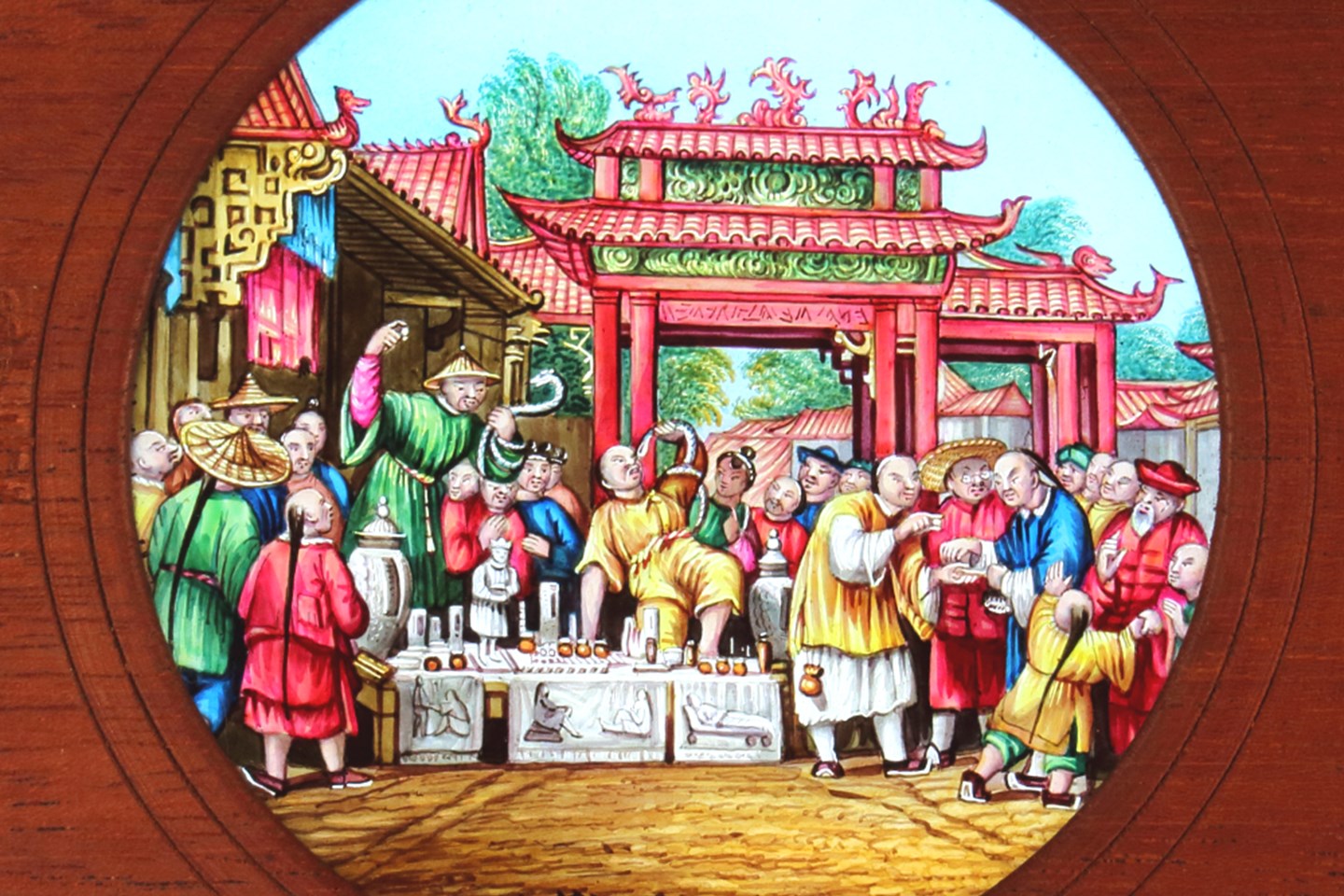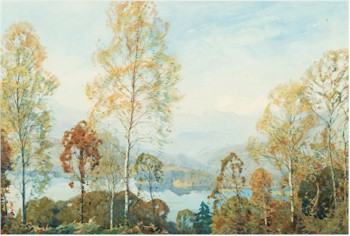
Autumn Morning, Windermere (FS26/498), a watercolour by the artist Alfred Heaton Cooper (1864-1929) fetched much more than expected, realising £2,500.
Two watercolours in our April 2015 Fine Art Auction by Alfred Heaton Copper made a lot more than I was expecting when I catalogued them. I had come across Copper before so I was familiar with the two fresh Lake District landscapes, and while they were beautifully painted, I thought they were a bit too traditional and perhaps not so much to the current taste.
I read that Cooper was 'a highly acclaimed Victorian artist' which is a strange claim as I think his reputation is as an Edwardian, or even better, an early 20th century painter, and certainly one wouldn't characterise these watercolour landscapes as Victorian paintings.
At the age of 20, in 1884, Cooper gained an art scholarship and moved from his family home in Bolton to London where he studied under George Clausen and was influenced by the paintings of Turner, Constable and Millet that were on display in public collections in the city. Student life did not seem to suit Alfred and he was determined to get into the world and make a living by his art. He left London, returning briefly to the north of England, where he retraced Turner's journey through the beauty spots of Yorkshire, before visiting Morocco, and then setting off to the Norwegian fjords to sell landscape pictures to the tourists who went there in great numbers.
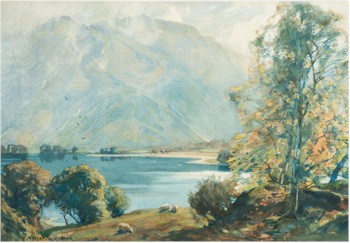
The second watercolour by painter Alfred Heaton Cooper (1864-1929) in the sale: Autumn Morning Sun, Ullswater (FS26/499), also sold well-above its pre-sale estimate for £1,700.
Alfred became fascinated by the rural peasant life of the people of the Sogne region. He studied them and their language and wrote and illustrated a guide book to the fjords. He married a local girl and built a studio beside the fjord at Balestrand, which stands today and is known still as Cooperhus.
However, Alfred could not make a living in Norway, and he tried to arrange matters so that he could live partly there and partly in England, where he returned with his bride in 1894. He settled first back in Bolton, moving to Southport and finally to the Lake District, where wealthy tourists promised a better livelihood.
The red roofed log cabin which Alfred shipped from Norway caused quite a stir when it was first erected in Coniston village as a studio, but his expectations of the wealthy tourists were not fulfilled sufficiently for Alfred to sustain his growing family and as more people seemed to be visiting Ambleside than Coniston he moved his studio there, where it stands today. Alfred settled to a life of continuous painting. His wife ran the studio while he travelled the Lakeland fells and valleys, finding scenes which inspired him to paint and which would appeal to visitors.
These two watercolour look to be late in Coopers life, so were painted after the First World War, and do indeed inspire a fondness for the English landscape. Against my estimates of a few hundred pounds each, they made £2,500 (FS26/398) and £1,700 (FS26/399)!
Alfred Cooper died in the Lake District in 1929. The family business he founded still exists today as an art gallery and shop in Grasmere, Cumbria.
- Bearnes Hampton & Littlewood
- Alfred Heaton Cooper (1864-1929)




